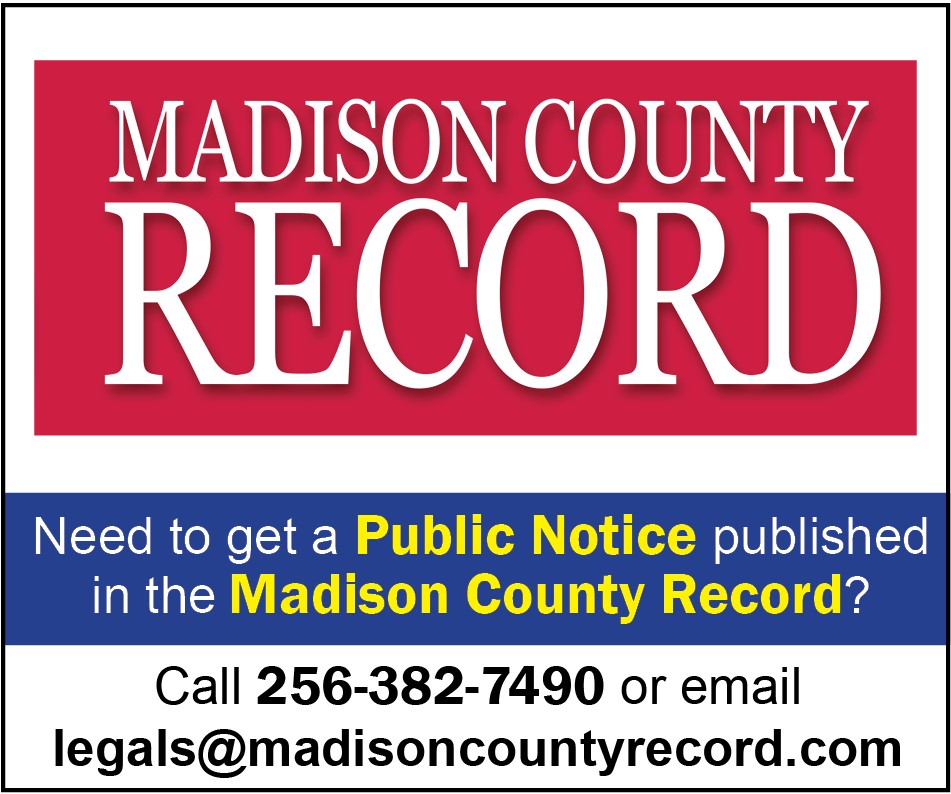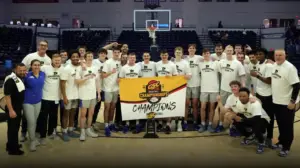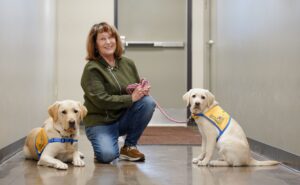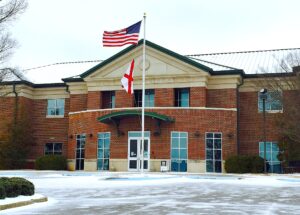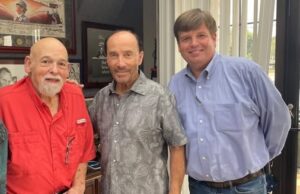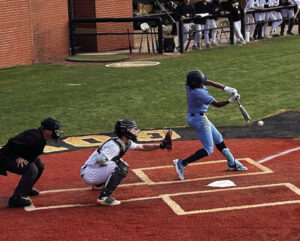Meteorologists, scientists explain eclipse facts to students
MADISON — Local experts shared little-known facts and impressive statistics to prove the significance of the eclipse to students on several campuses of Madison City Schools.
Professionals in the field visited from National Weather Service, University of Alabama in Huntsville, NASA, Von Braun Astronomical Society Planetarium, Teledyne Brown Engineering and other high-tech companies.
“Madison elementary students got a stellar lesson on what to expect from the eclipse,” MCS Public Relations Manager John S. Peck said. “Madison City Schools was fortunate to have noted experts to come and share their knowledge with our students.”
At Bob Jones High School, Dr. James Miller, chair of the UAH Department of Physics and Astronomy, led a session as guest speaker. Dr. Miller has joined by former NASA executive and now Teledyne Brown Engineering Vice President Chris Crumbly and Todd Barron with the National Weather Service in a panel discussion on Aug. 16.
James Miller, Todd Barron and Chris Crumbley also visited Bob Jones for Patriot Path sessions that students can opt to attend, Instructional Partner Mary Oliver said.
The local experts knew many facts and trivia about the solar event:
Q: How fast will the eclipse shadow move across the United States?
A: About 2,000 mph.
Q: When is the next total eclipse within several hours driving distance of Madison?
A: April 2024 and in 2045. These three eclipses within that time frame that span across parts of the United States are extremely rare. The last major total eclipse in the contiguous United States was in 1979.
Q: What are some unusual phenomena associated with an eclipse?
A: Shadow bands may appear on the ground. The temperature drops. Nocturnal animals and insects may become active. A brilliant starscape is visible during darkness.
“How fortunate to have such high caliber experts share their knowledge with our students,” Peck said.


